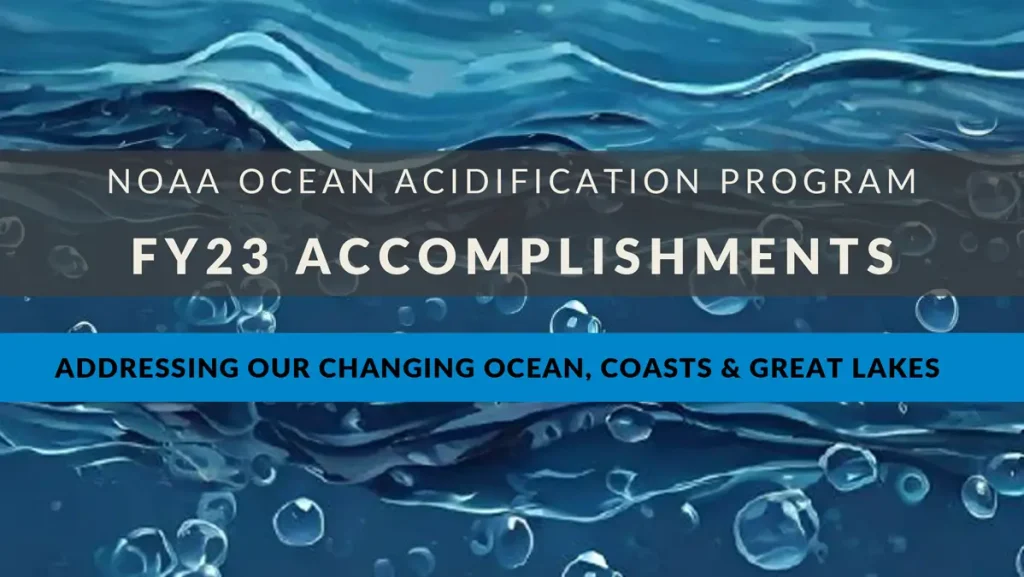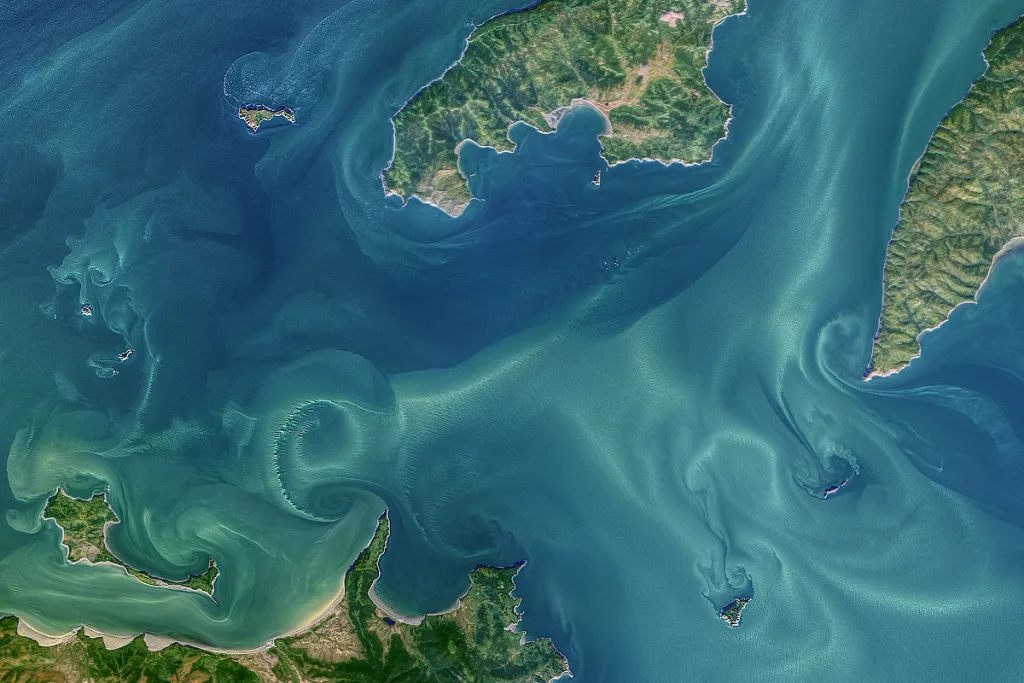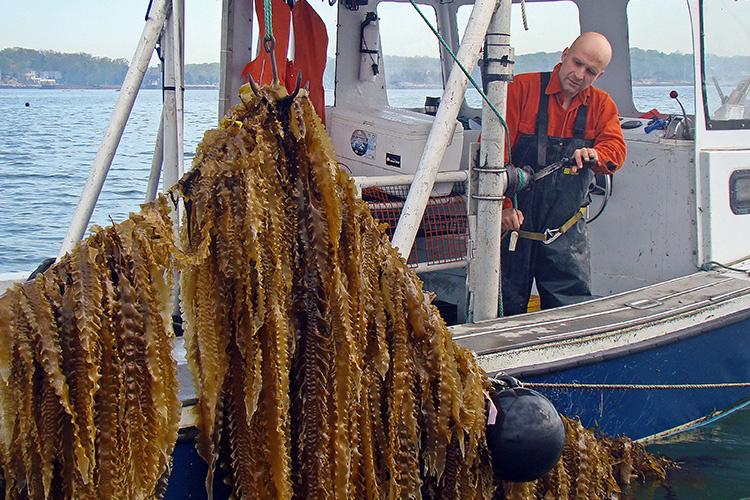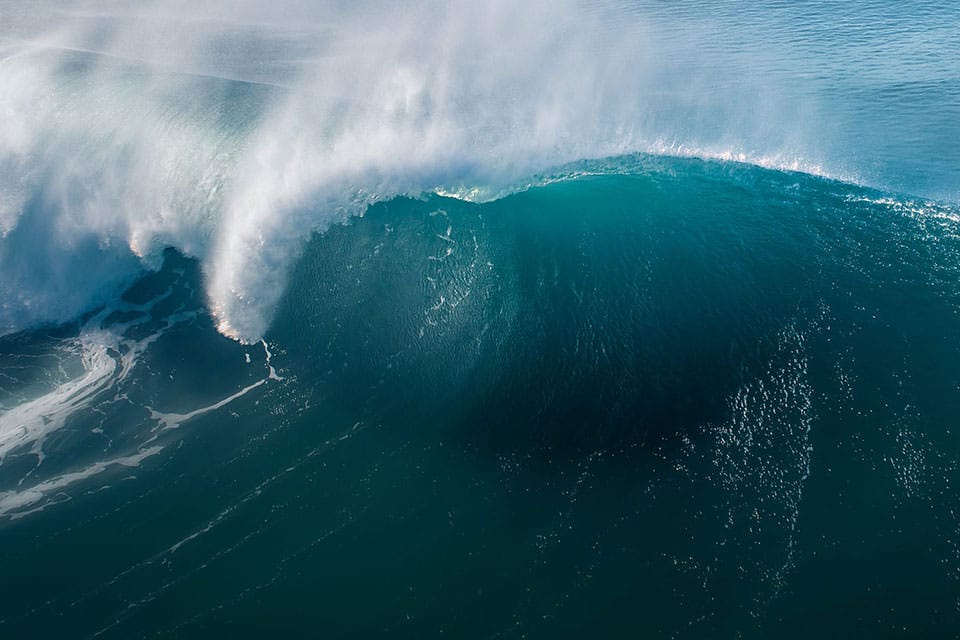Job opportunities: 4 data synthesis postdoctoral positions
NOAA’s Ocean Acidification Program seeks qualified candidates for four postdoctoral positions to synthesize data in the major areas of the program’s investments.
Job opportunities: 4 data synthesis postdoctoral positions Read More »








